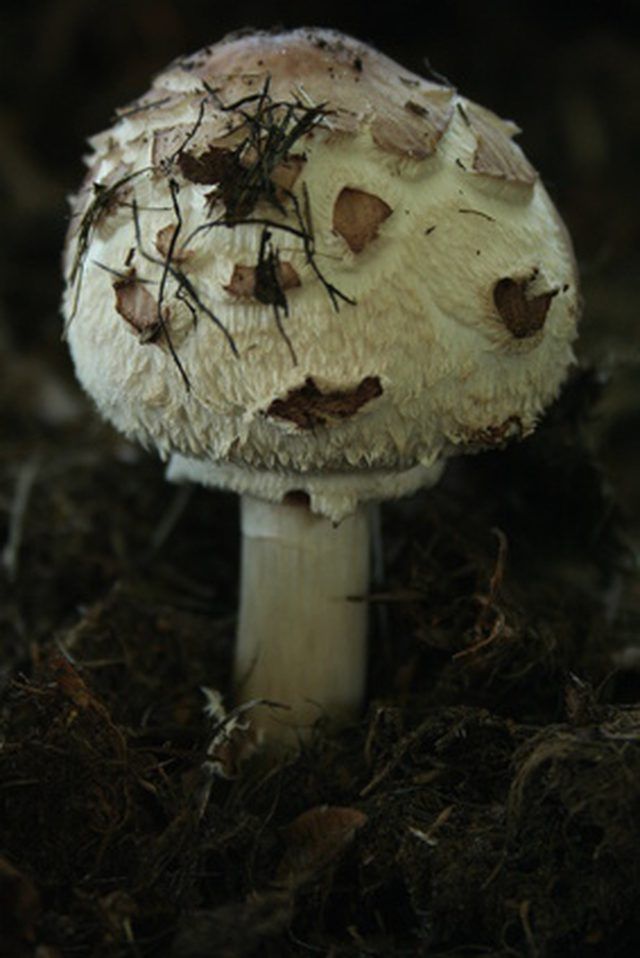Bulbs
Flower Basics
Flower Beds & Specialty Gardens
Flower Garden
Garden Furniture
Garden Gnomes
Garden Seeds
Garden Sheds
Garden Statues
Garden Tools & Supplies
Gardening Basics
Green & Organic
Groundcovers & Vines
Growing Annuals
Growing Basil
Growing Beans
Growing Berries
Growing Blueberries
Growing Cactus
Growing Corn
Growing Cotton
Growing Edibles
Growing Flowers
Growing Garlic
Growing Grapes
Growing Grass
Growing Herbs
Growing Jasmine
Growing Mint
Growing Mushrooms
Orchids
Growing Peanuts
Growing Perennials
Growing Plants
Growing Rosemary
Growing Roses
Growing Strawberries
Growing Sunflowers
Growing Thyme
Growing Tomatoes
Growing Tulips
Growing Vegetables
Herb Basics
Herb Garden
Indoor Growing
Landscaping Basics
Landscaping Patios
Landscaping Plants
Landscaping Shrubs
Landscaping Trees
Landscaping Walks & Pathways
Lawn Basics
Lawn Maintenance
Lawn Mowers
Lawn Ornaments
Lawn Planting
Lawn Tools
Outdoor Growing
Overall Landscape Planning
Pests, Weeds & Problems
Plant Basics
Rock Garden
Rose Garden
Shrubs
Soil
Specialty Gardens
Trees
Vegetable Garden
Yard Maintenance
How to Destroy Fungus in Soil
How to Destroy Fungus in Soil. Fungi love dark and wet places, making over-watered areas of soil like a vacation spot for them. Pairing an over-watered area with the heat caused from nature (or other heat sources) creates a spa-like setting for the fungus. So what happens when the fungus has already multiplied and the plant is now suffering?...

Fungi love dark and wet places, making over-watered areas of soil like a vacation spot for them. Pairing an over-watered area with the heat caused from nature (or other heat sources) creates a spa-like setting for the fungus. So what happens when the fungus has already multiplied and the plant is now suffering? Unfortunately, there is no way to completely kill the fungus. Instead, preventing it from breeding and spreading is the only way to stop it.
Things You'll Need
Baking soda
Spray bottle
Cinnamon (optional)
Remove the plant from the current location if it is potted. Try an area with more light, or less exposure to airflow. Sometimes this is all that's necessary. This may not be an option, such as with entire lawns. Under these circumstances, continue with the following steps.
Carefully inspect the plant leaves and soil for fungi. It can appear as fuzzy white or gray spots on the plant or in the soil.
Manually remove any visible fungus. On plants that have leaves severely covered in the fungus, removal of the leaf may be necessary.
Spray the affected soil and plants with a mixture of baking soda and water. The mixture should be: 1 tbsp. of baking soda per gallon of clean water. For more stubborn areas, you can increase the baking soda to 2 tbsp. Additionally, 1 tsp. of vegetable oil can be added to the solution. This will help the mixture stick to the leaves of the plant.
Repeat the process every other day until signs of the fungi disappear. For persistent fungi, move to the next step.
Sprinkle a small amount of cinnamon on the soil and affected plants once per week. Cinnamon is a natural fungicide. Be sure not to use too much cinnamon, as this can inhibit root growth in the plants.
Try applying a 1-inch layer of earthworm castings to the soil. This product is available at local nurseries, as well as from online retailers (see link in Resources). If none of the above remedies work, chemicals are the next option. Anilazin, Captafol, Copper Sulfate, Dinocap, Folpet, Thiram, and Zineb are used as chemical treatments for fungi in soil. These chemicals are widely available at local nurseries or gardening stores.
Tips & Warnings
Once the fungi are under control, preventing future growth should be the primary focus. This includes having proper drainage for potted plants and lawns. Also be sure to refrain from overwatering plants and lawns as well.
Try natural remedies to rid soil of fungi before resorting to harsh chemicals. This is healthier for the plants and the rest of the environment.